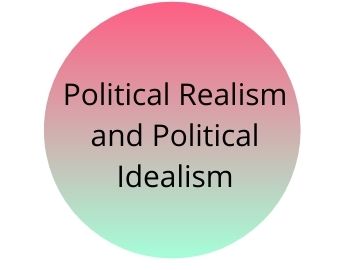The Trait Theory of Leadership:
The Trait theory is also known as the “Greatman Theory” of Leadership. The supporters of this theory believe that leaders are born, not made. These born leaders possess certain traits and characteristics, i.e., certain natural abilities which enable them to become leaders. The trait theory is particularly concerned with identifying the personality traits of a leader. Several such studies have tried to identify the important traits of a leader. Charles Brad (1940) examined the lists of traits attributed to the leaders in various surveys. Rasph Stogdil, on the basis of fifteen studies, identified: five physical traits related to leadership ability, four intelligence and ability traits; sixteen personality traits such as adaptability, aggressive enthusiasm, and self-confidence; six task-related characteristics such as achievement, drive, persistence, and initiative, and several social characteristics like cooperativeness, inter-personal skill, and administrative ability.
Keith Davis identified four important traits of a successful leader:
(1) Intelligence.
(2) Social maturity and breadth.
(3) Inner motivation and achievement.
(4) Drive and human-relation attitude.
The Trait Theory of Leadership has been an object of criticism at the hands of several scholars.
First, all leaders do not possess all traits or personality characteristics.
Secondly, this theory is criticized on the ground that those traits which it mentions may also be possessed by non-leaders.
Thirdly, it fails to provide a guideline as to how much of any trait a person should have.
Fourthly, no uniformity exists in respect of the identified traits.
Finally, it is illogical and unscientific to advocate that some people are born leaders.
In spite of the above points of criticism, the trait theory has value. It attempts to establish a correlation between certain traits and the effectiveness of leadership. This is indeed an essential necessity for understanding the role and importance of leadership. As Stogdil observes, “There was a definite correlation between the traits of intelligence, scholarship, dependability, social participation, and socio-economic status of the leaders compared with the non-leaders.”
Similar views have been expressed by Mecth Davis. He also records that “those leaders who have high intelligence, broad social interests and maturity, and strong motivation to accomplish the interests of people, have great respect.”









Comments (No)